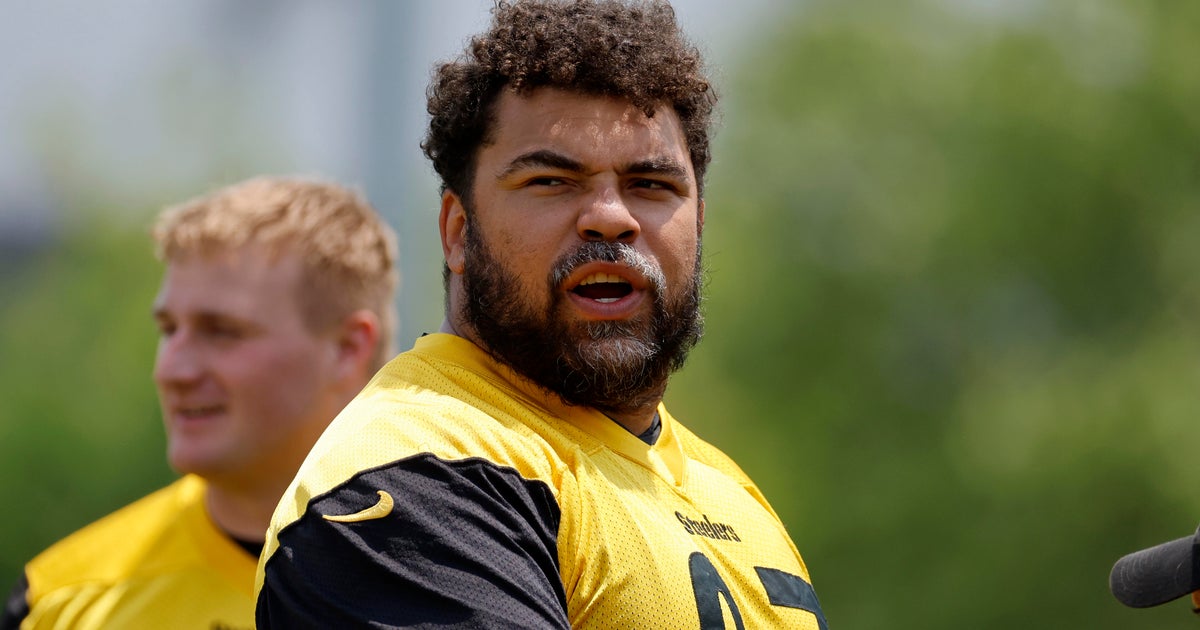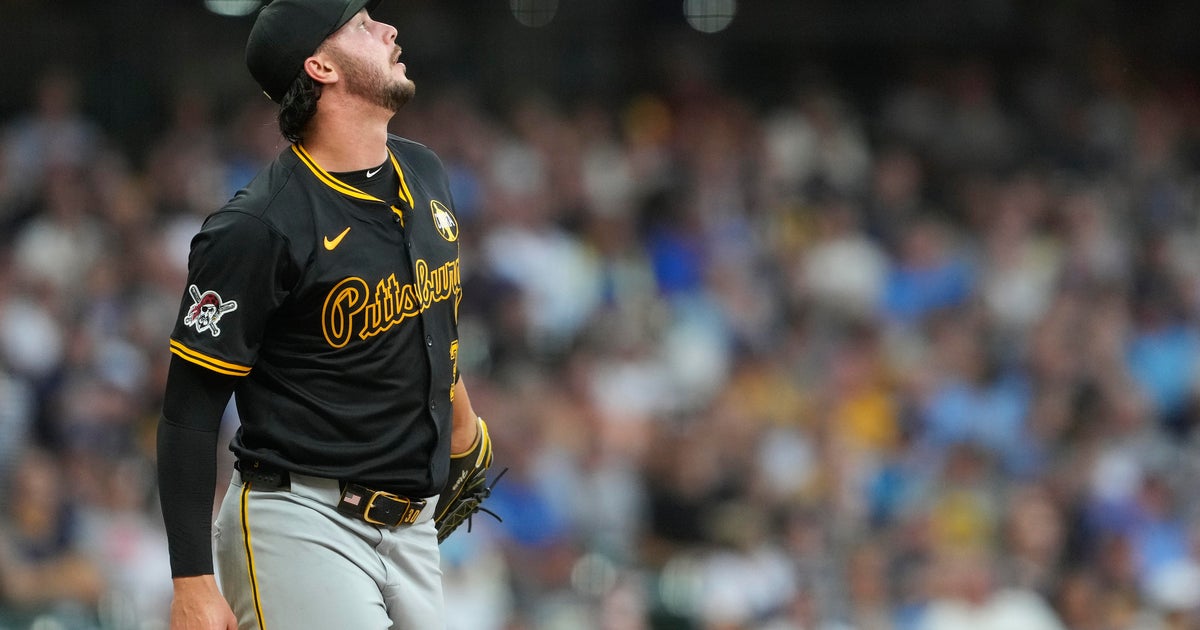Puck Talk with Popchock: An Old Recipe
By Matt Popchock
So Jordan Staal beat former Penguin Johan Hedberg for a power play goal en route to a 4-2 win over New Jersey in the Pens' regular season home finale.
As the comedian Chris Rock would say, what do you want, a cookie?
Thanks to a nice individual effort by Staal, my disbelief has been suspended. But it has not subsided.
No, I'm not lumping myself in with those who think Staal has played poorly in the absence of the Penguins' top two--and often three--centers. I'm simply saying, in order to believe Staal's power play tally was a harbinger of special teams happenings to come in the Stanley Cup Playoffs, I'm going to have to see something like that again on Long Island Friday night. And again in Atlanta on Sunday.
And again.
And again.
And again.
Okay, I think you get the general idea.
One exceptional play on the man-advantage doesn't change the fact that the Penguins' power play, with and without the Two-Headed Monster, has suffered an inexcusable power failure. It currently sits 25th in the 30-team NHL at 15.5 percent.
I frequently subscribe to the Bill Cowher school of thought: you're never as good as you think you are, and you're never as bad as people say you are. But the Penguins' power play in 2010-11, by and large, has indeed been "that bad." Even with this roster decimated by injuries, it's inexplicable how players at the NHL level can look so awkward and downright sloppy in that phase of the game so often.
How bad is it? Alexei Kovalev went on our airwaves a while back and said the problem is they're not passing enough.
Yikes...
Even during the Cup run, this was a problem. Quite frankly, strange as it may sound, the last time I remember the Penguins' power play clicking with any degree of regularity was that 20-game stretch during the 2007-08 campaign when Sid was out of the lineup with a high-ankle sprain, and Geno strapped the team--including special teams--to his back.
So it's not just the players, and it's not just the coaching...and it's not just the injury situation either. It's all those things. It's abundantly clear this problem, in the long run, won't be solved from within. Therefore, let's try solving it from "without," so to speak.
I'm probably going to get a look of glassy-eyed looks--even more than usual--for this proposal, but I believe the Penguins' power play can be solved with a phone call to former coach Eddie Johnston.
Unfortunately I'm not old enough to remember his first stint behind the Pens' bench, but I still vividly recall his second. I couldn't stand EJ when I was younger, because, at the time, I felt he never made the absolute most out of those talented mid-Nineties Penguin rosters.
In retrospect, however, the one thing Johnston did understand was how to run the man-advantage...maybe better than any coach in Penguin history.
Go ahead, boys...give EJ a call. What could it hurt? He held a special advisory role with the team before retiring from professional hockey not long ago, so it's not like he's terribly busy. While you're at it, find Coach Bylsma's playbook, flip to the pages labeled "power play," crinkle them up, and toss them in the circular file.
(And if you get a chance, take the page that has the guy playing the right point making a shot-pass to the guy in the left circle for a one-timer...and burn it. That play hasn't worked consistently since Ryan Whitney was a Penguin.)
Assuming you can get a hold of Johnston, ask him to draw up some new plays for the Penguins' power play. In fact, have him sit in on a few practices and supervise while those new plays are integrated into the Penguins' system.
Once upon a time, Johnston was in a Boston establishment when he bumped into former Boston Celtics player Tommy Heinsohn. Heinsohn taught EJ the pick play, and the art of setting a pick to create space, and thus, more offense.
Johnston brought this outside-the-box knowledge to his Penguin squad, and with that, the Pens, despite fielding above-average teams at best, consistently owned one of the top power play marks in the league. From the 1980-81 season through the 1982-83 season, the Pens scored 272 PPG's. In that span, they ranked as high as seventh, but no worse than 11th. In all three seasons, they scored at well over a 20 percent clip.
Look, I'm not one of these yinzers who's going to throw the baby out with the bath water. Dan Bylsma has done a remarkable job, especially this season, and Pittsburgh is very lucky to have him. But what does it say about this group of personnel that the '82-'83 squad, one of the most putrid Penguin teams of the pre-Lemieux era, had a better power play than a team with two of the most gifted forwards in the world?
Anyway, Johnston served as head coach once more from the 1993-94 season until his role within the team was changed in March 1997. In the first two seasons of his second stint, the power play was not as successful, but still produced at a better clip than its modern-day incarnation. In 1995-96, for the first and only time in franchise history, the Penguins ended the regular season with the No. 1 power play in the NHL.
Okay, given today's standard of enforcement, it's less likely guys like Kris Letang and Zbynek Michalek could get away with setting picks for Neal, Staal, Kovalev, or what-have-you. But if the Detroit Red Wings could do it in the Stanley Cup Finals--or so Michel Therrien would have you believe--isn't a fresh strategy worth a shot?
I realize it's a stretch. I know consulting with EJ to cure the Pens' power play ills, or just completely rearranging the Penguins' approach in this area, in all probability, will not happen. But as Ray Shero once pointed out, one of Bylsma's favorite expressions is, "Why not?"
That open-mindedness helped carry the Penguins to their third Stanley Cup two seasons ago.
So...why not?
(Follow me on Twitter: twitter.com/mpopchock)



